Sri Lanka -- an island nation in South Asia -- has emerged from decades of national conflict to reveal its mystic beauties.
Known as the “Pearl of the Indian Ocean,” the lush tropical isle is famous for its golden beaches with palm trees, Buddhist temples of glittering relics as well as exotic wildlife and sundry vegetation.
Its fledgling tourism industry has registered a 230 percent growth over the last five years, and more than 1.8 million travelers visited last year, including 14,000 Koreans. In the last three years, 50,000 Sri Lankans travelled to Korea and 30,000 Koreans toured Sri Lanka.
In an effort to appeal to a wider range of globetrotters, the Sri Lankan Tourism Promotion Bureau, the Sri Lankan Embassy and related companies hosted a travel road show in early June.
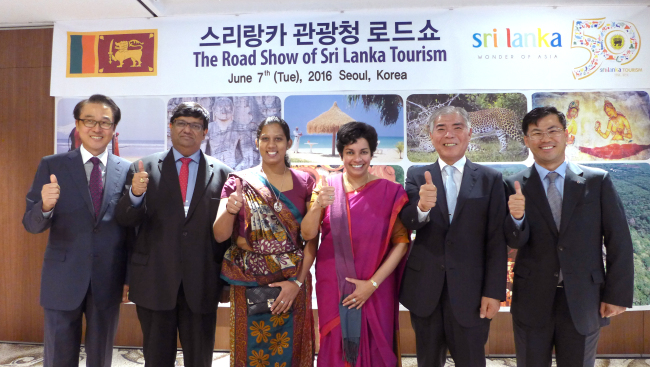
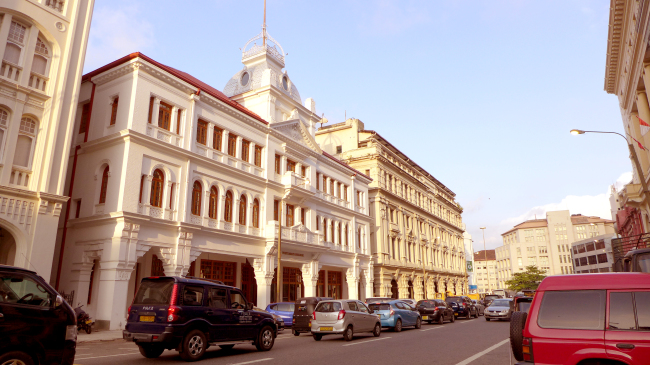

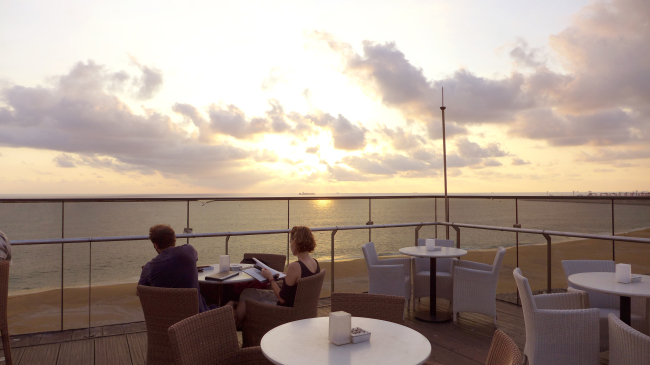
“Our island nation has all the prerequisites to become the world’s top tourist destination,” Sri Lankan Ambassador Manisha Gunasekera said, “including scenic beauties, historical and cultural heritages, diverse wildlife, and most importantly, warm and hospitable people living in peace and tranquility.”
“Our government is building more infrastructure needed to support our economy, including the expanding tourism industry,” she added, mentioning three direct flights between Colombo and Seoul every week through Korean Air.
Noting the 40th anniversary of bilateral diplomatic relations next year, Gunasekera stressed that great potential exists to strengthen trade and investment and people-to-people ties between Sri Lanka and South Korea.
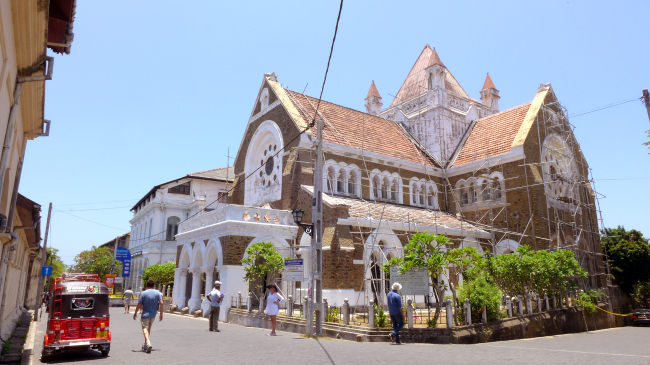
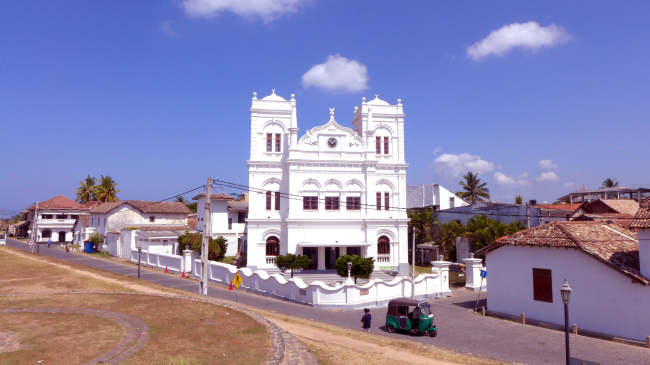
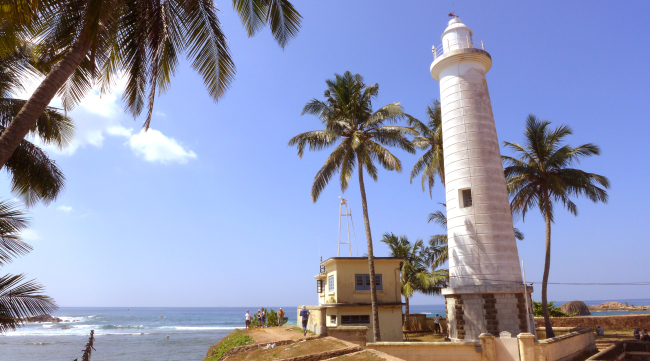
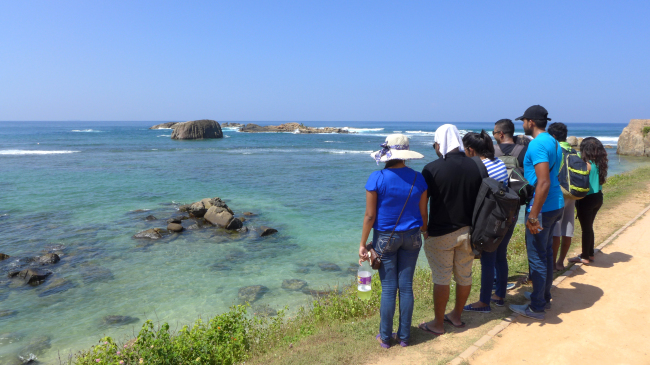
Mahen Kariyawasan, president of the Sri Lanka Association of Inbound Tour Operators, said in a speech that the country’s tourism industry is growing rapidly, with many upper-crust hotels constructed across cities, towns and beaches.
A five-star Shangri La Hotel with a golf course and 300 rooms has recently opened in the port city of Hambantota in southern Sri Lanka. In the town of Ahungalla in the southwest, the Riu Hotel will open in August with 500 luxury rooms, three pools and five restaurants on the beachfront. The Shangri La, the Sheraton and the Hyatt hotels are in the works in capital Colombo.
“Generating over $2.7 billion last year, tourism is our nation’s third largest source of revenue,” said Dilukshi Wickramasinghe, marketing manager of the Sri Lanka Tourism Promotion Bureau. “With 1,300 kilometers of beachlines, Sri Lanka is a popular honeymoon destination for couples from all around the world.”
As for historical sanctuaries, she mentioned the Rock Fortress of Sigiriya, which is dubbed the “eighth wonder of the world.” It was a royal citadel in the fifth century with a pleasure garden built atop a 200-meter-rock, overlooking a verdant field. There are also the Golden Temple of Dambulla, a Buddhist cave shrine with murals and statues on a mountaintop, and a UNESCO World Heritage site; and the Galle Fort, a historic fortress on the southwestern coast, built in 1588 by the Portuguese and fortified by the Dutch from 1649 onwards.
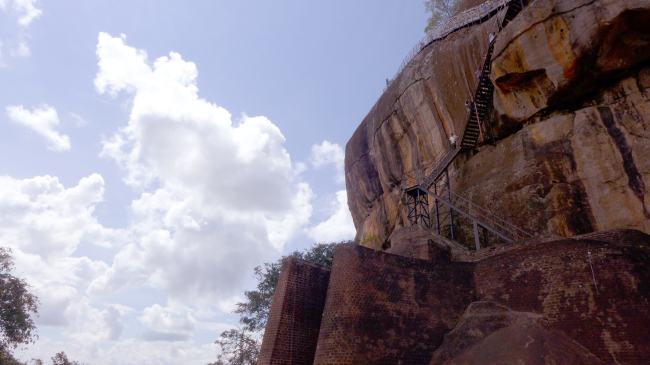
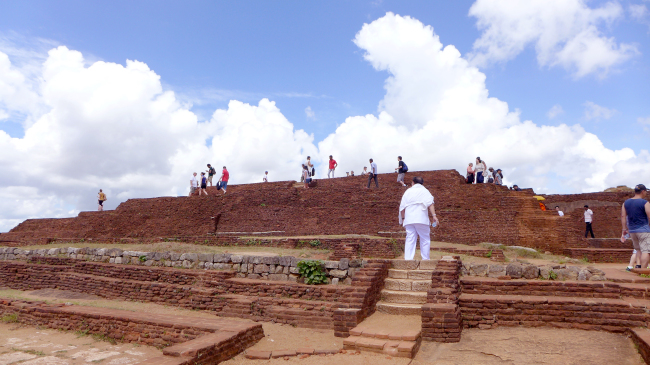
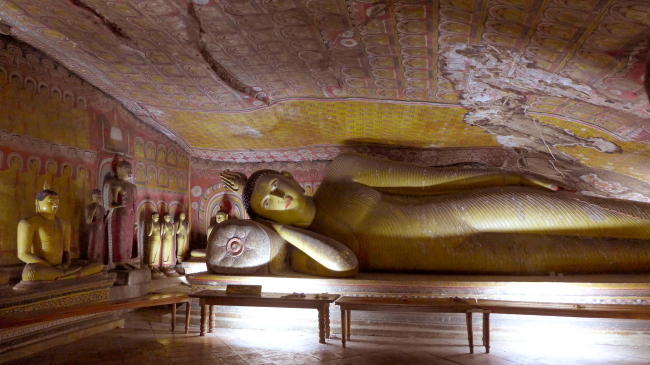
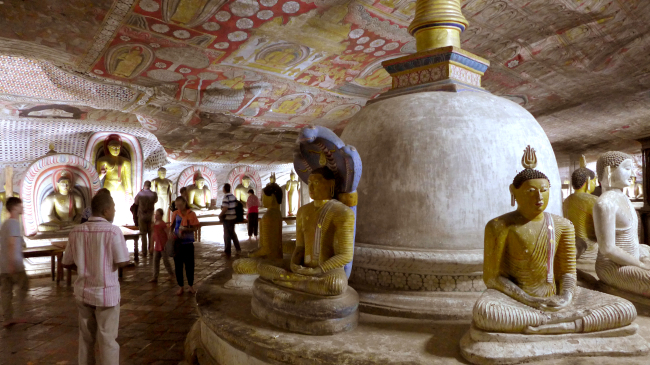
In terms of natural wonders, Wickramasinghe highlighted high mountains in the Adams Peak, Knuckles Range and Hortan Plains. Sri Lanka also has 16 National Parks and 100 protected areas for wildlife. The Sinharaja Forest Reserve, a UNESCO Heritage Site, is home to 11,000 species of animals and plants, with the highest biodiversity in the world after the Amazon Forest.
Roughly 10 percent of all elephants in Asia live in Sri Lanka, concentrated in the Minneriya National Park in the northcentral area.
The country is a cauldron of religious festivities all year round. Buddhist, Hindu and Islamic celebrations, including the Kandy Esala Perahera, Vesak Festival and Sinhalese New Year Festival, are revered by locals and visitors.
The Galle Literary Festival is held in Kandy, Galle and Jaffna, a regional magnet for intellectuals and pupils. Being the largest of its kind in South Asia, it is a thriving platform for intelligent discussion, theatre, music, art, dining, touring and workshops.
By Joel Lee (joel@heraldcorp.com)
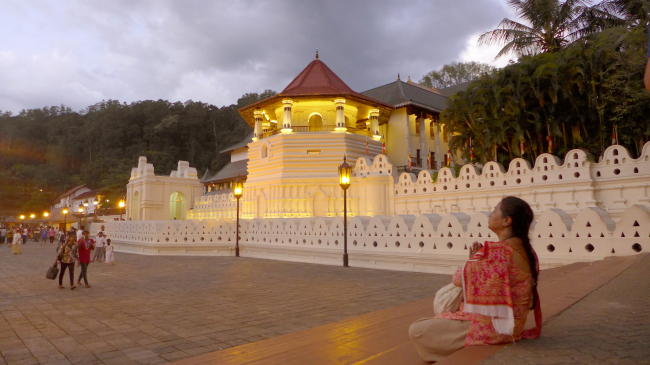

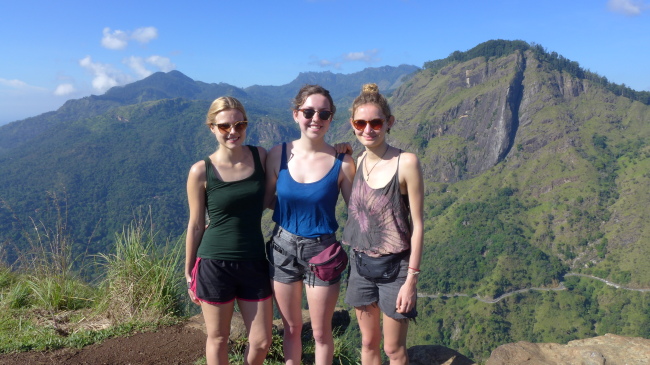
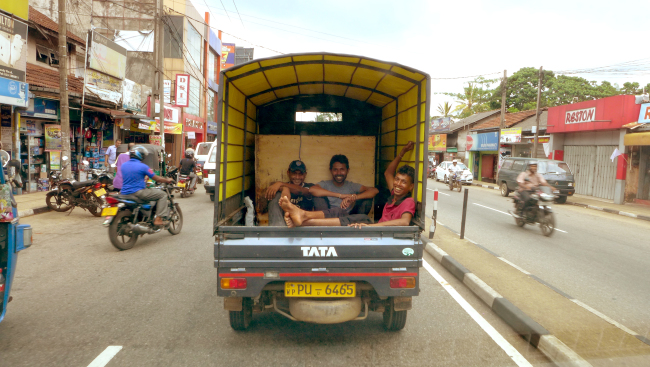
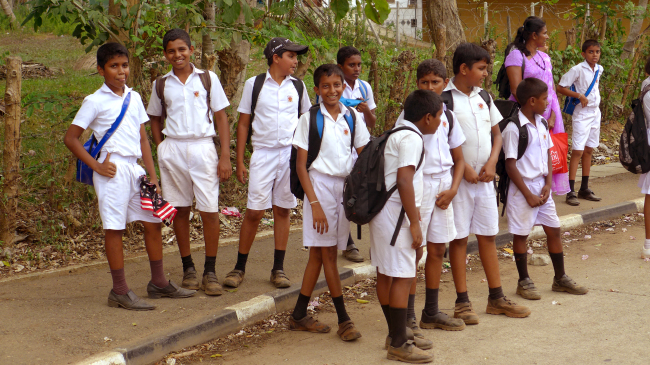
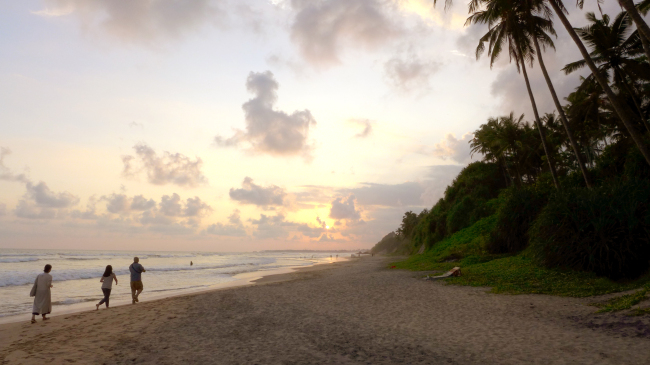
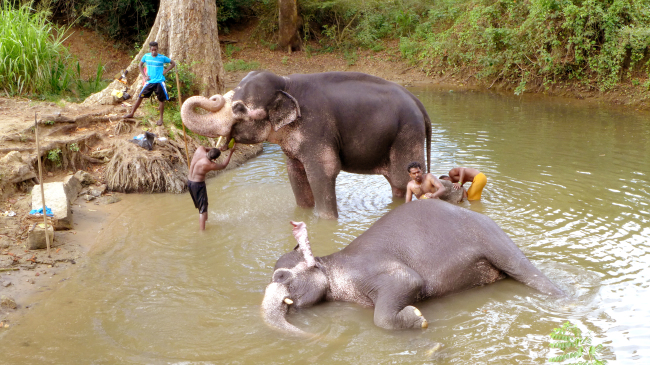
-
Articles by Korea Herald









![[Today’s K-pop] BTS pop-up event to come to Seoul](http://res.heraldm.com/phpwas/restmb_idxmake.php?idx=644&simg=/content/image/2024/04/17/20240417050734_0.jpg&u=)
![[Graphic News] More Koreans say they plan long-distance trips this year](http://res.heraldm.com/phpwas/restmb_idxmake.php?idx=644&simg=/content/image/2024/04/17/20240417050828_0.gif&u=)






![[KH Explains] Hyundai's full hybrid edge to pay off amid slow transition to pure EVs](http://res.heraldm.com/phpwas/restmb_idxmake.php?idx=652&simg=/content/image/2024/04/18/20240418050645_0.jpg&u=20240419100350)

